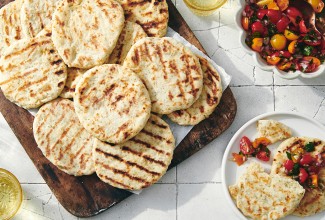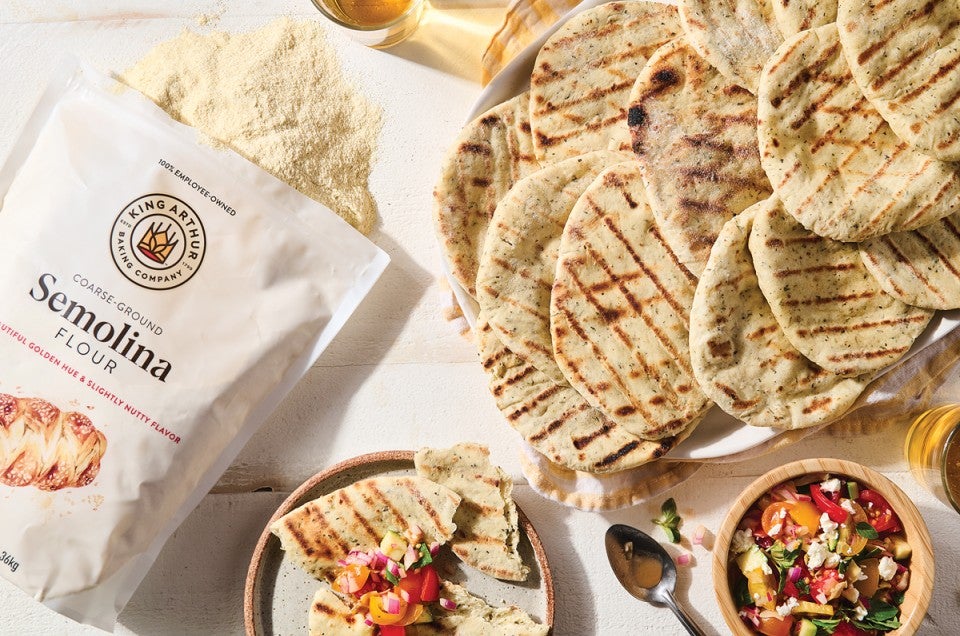


Pasta and pizza lovers are familiar with semolina flour — it makes toothsome noodles and crunchy crusts. But this versatile flour shines in many more baking applications, from tender galette crusts to chewy, seedy bread. Here’s how to start baking with it.
Semolina flour is made from coarsely ground durum wheat. (Durum flour is also made from durum wheat, but is more finely ground than semolina flour.) Compared to the other major types of wheat (hard red, hard white, soft red, and soft white) that are used for most flours like bread flour, all-purpose flour, and pastry flour, durum wheat is the “hardest” of them all, with a high protein content that’s excellent for gluten formation.
Note that while semolina flour technically refers to a product made with durum wheat, sometimes the term “semolina” is more loosely used to refer to any manner of coarsely milled grain, from corn (cornmeal) to wheat (like farina, as in Cream of Wheat), although these products are generally not interchangeable. Also, because it’s wheat-based, semolina flour is not gluten-free.
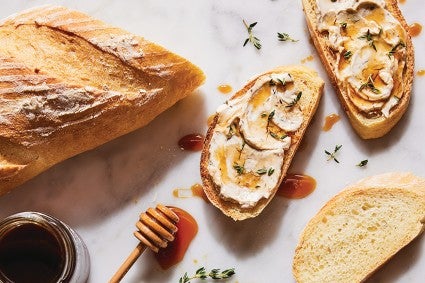
Semolina flour is a useful ingredient for bakers because it can be used in so many applications, from breads to desserts.
It adds a nutty flavor and a beautiful color to recipes, and it can contribute a subtle texture as well, making it an excellent way to elevate classic bakes. Semolina Biscotti, for example, are a cut above plain vanilla biscotti, boasting a sunny yellow look and a delicate crunch. A Semolina Baguette, meanwhile, has more depth of flavor compared to a classic baguette made with all-purpose flour. Try adding semolina to a recipe that doesn’t call for it (great candidates here are muffins, waffles, and cakes) for added flavor and texture. If your recipe calls for all-purpose flour, you can substitute semolina flour for a portion of the flour called for (a good rule of thumb is to substitute 25% of the flour by volume).
Semolina is commonly used in pasta recipes because the high protein content yields a dough that’s easy to work with: less sticky and more elastic. It’s also used in combination with bread or all-purpose flour in bread recipes, like Grilled Asiago Rounds. Its higher protein content contributes to stronger gluten development, which is necessary to give breads their rise and shape.
Beyond just adding to batters and doughs, semolina is also a smart ingredient to keep on hand for dusting and sprinkling, as the coarse texture helps keep doughs from sticking. You’ll often see it used in this way in recipes for English Muffins and Pizza — in fact, dusting with semolina is one of our top tips for loading your pizza in the oven without sticking.
And because it isn’t as fine as some types of flour, you can even treat it like cornmeal and boil it to make a grits-like porridge. Such is the case with Sooji Ka Halwa, also known as seero, a creamy, velvety Indian pudding that’s topped with raisins and chopped nuts.
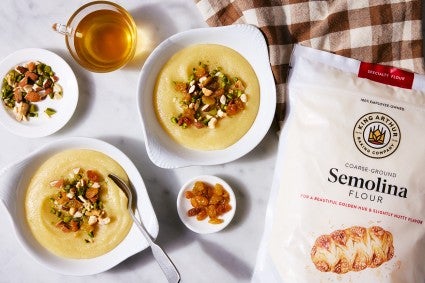
If you don’t have semolina flour and your recipe calls for it, don’t despair — you probably have a semolina flour substitute already in your pantry. Of course, semolina offers the best texture and flavor, but you can swap in an equal amount by volume of bread flour in a pinch. You can also substitute all-purpose flour, but bread flour is a better option — its higher protein content is closer to semolina, which will ensure better results.
For some excellent places to start, try the following recipes:
Sesame Semolina Lunettas: A light-textured, ethereal golden loaf coated in a toothsome crust of sesame seeds with a distinctive swirled “S” shape. An excellent sandwich bread, it’s also ideal for toasting.
Qatayef: These warm, tender semolina pancakes are filled with chopped nuts and doused in simple syrup. The texture of semolina really shines here: The pancakes are delicate but boast a more elastic, less bready crumb than a traditional pancake, which makes them strong enough to support fillings.
Golden Buttermilk Loaf: Topped with a thin crust of sesame seeds, this loaf has all the texture of a traditional milk bread, thanks to the buttermilk in the dough and the pastry flour, which contributes a tender crumb. Semolina flour plays an important supporting role, adding a touch of crunch and pretty pale yellow color.
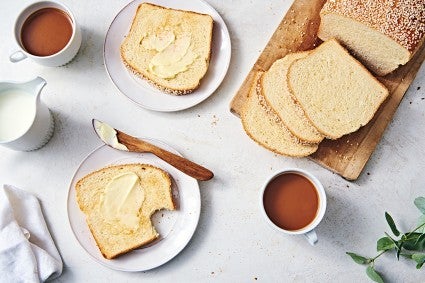
Semolina Pasta: Semolina flour and '00' pizza flour come together in this semolina pasta recipe to make beautiful yellow noodles with a toothsome texture. Semolina’s coarse grind makes for chewier, heartier pasta than varieties made without it. Best of all, this dough comes together quickly in a food processor and rolls easily through a pasta machine.
Three-Cheese Semolina Bread: Studded with gooey chunks of Asiago and provolone cheese, this is a bread for pizza lovers (and cheese lovers, and carb lovers, and bakers of all kinds!). Not only does the dough call for semolina, but it’s also used to dust the bowl before baking to ensure the dough remains stick-free.
Apple Galette: This elegant and simple pastry is like the sophisticated, restrained cousin of an apple pie. Here, semolina flour and buttermilk are added to make a tender, golden, easy-to-roll crust. Instead of the classic cinnamon spice profile of an apple pie, this galette filling boasts chopped pecans for a toasty, nutty crunch and brown sugar for a caramelized butterscotch flavor.
Armed with a bag of semolina flour, there are myriad delicious routes to choose. How do you like to bake with it? Tell us in the comments below.
Cover photo (Grilled Asiago Rounds) by Danielle Sykes; food styling by Liz Neily.
